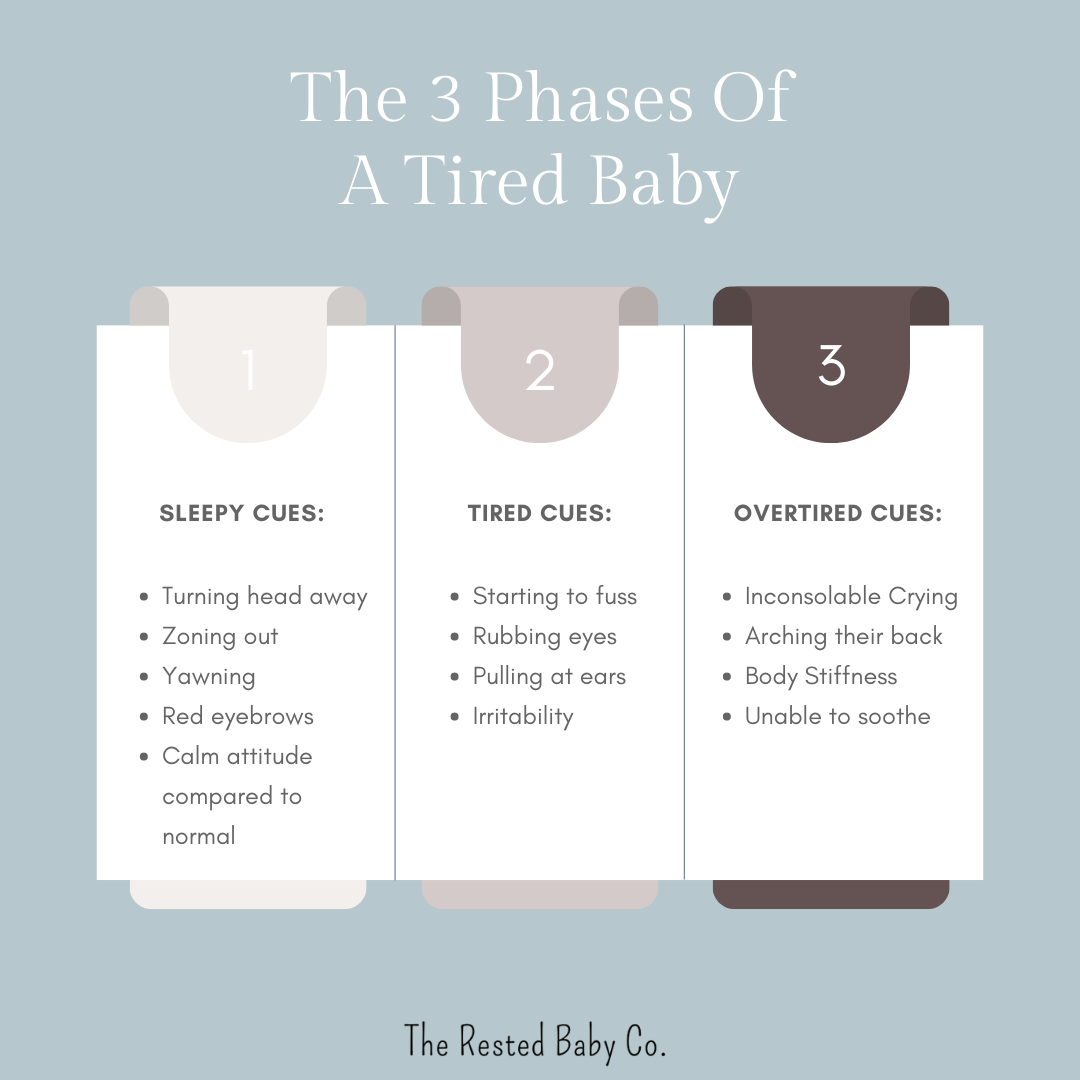How To Help Your Baby Take Better Naps
Sleep should come naturally, but what happens when it doesn’t?
Did you know that naps are typically the last thing to fall into place when it comes to sleep? It’s true!
We generally see longer stretches of sleep happening overnight before we see children
settle in and start taking consistent and lengthy naps.
But that doesn’t mean that you can’t set your baby up for sleep success during the day.
Here are a couple tips to help make sure your baby is nap ready every day!
Set Up A Quality Sleep Environment.
Your child will thrive in a sleep environment that helps promote sleep. But what should that look like?
For babies under 12m: a sleep space that is between 20-22C (68-72F), crib with a fitted sheet, sleepsack.
For babies over 12m: a sleep space that is between 20-22C (68-72F), sleep space (crib or bed depending on age)
with a fitted sheet, sleepsack, blanket and/or lovey, OK to Wake clock (2.5+yrs).
But the most important items that every single baby should have is a completely
blackout environment, and a white noise machine.
These items are going to help in the production of melatonin and the development of self-soothing abilities.
Watch For Sleepy Cues.
If your child is showing sleepy cues, they are sending a clear and direct message that they are ready for sleep.
An ideal time for sleep is between phase 1 & 2 (see photo). Once your child is showing signs of being in phase 3 you will notice that they may need more assistance from you in order to be able to fall asleep.
Keep in mind: your child may not show every cue listed in the photo, and sleepy cues will differ slightly from child to child! Take some time to learn what your babies sleepy cues are.
Pay Attention To Their Sleep Window.
Whether you are following wake windows (under 4 months of age), or going by a clock based schedule (over 4 months of age), ensure that you are not accidentally skipping past your child’s sleep window.
When this happens, children are pushed into the overtired stage which causes stress hormones to be released, making it increasingly difficult for them to fall asleep.
Are you still figuring out your child’s ideal sleep schedule? No worries!
Just keep in mind that it is better to put your child down for sleep slightly early rather than slightly late.
Follow The Eat, Play, Sleep Routine.
When you are still in the thick of the newborn - 4 month phase, it is unlikely to see naps lengthen to their full potential.
However, what you do at this stage will help set your baby up for success as soon as they are developmentally ready!
Following the eat, play, sleep routine helps to not only get your child on a schedule, but it helps bring consistency to their day-to-day routine which will help kickstart that rhythmic flow that we begin seeing and utilizing when the circadian rhythm appears around 4 months.
Not sure what the eat, play, sleep routine is? Click here to read all about it!
Now maybe you're thinking “But wait, my child is over 6 months old and still religiously taking 40 minute naps….”
The good news is I can help! Click here to book a free Discovery Call and let’s chat about how we can get everyone sleeping soundly!

